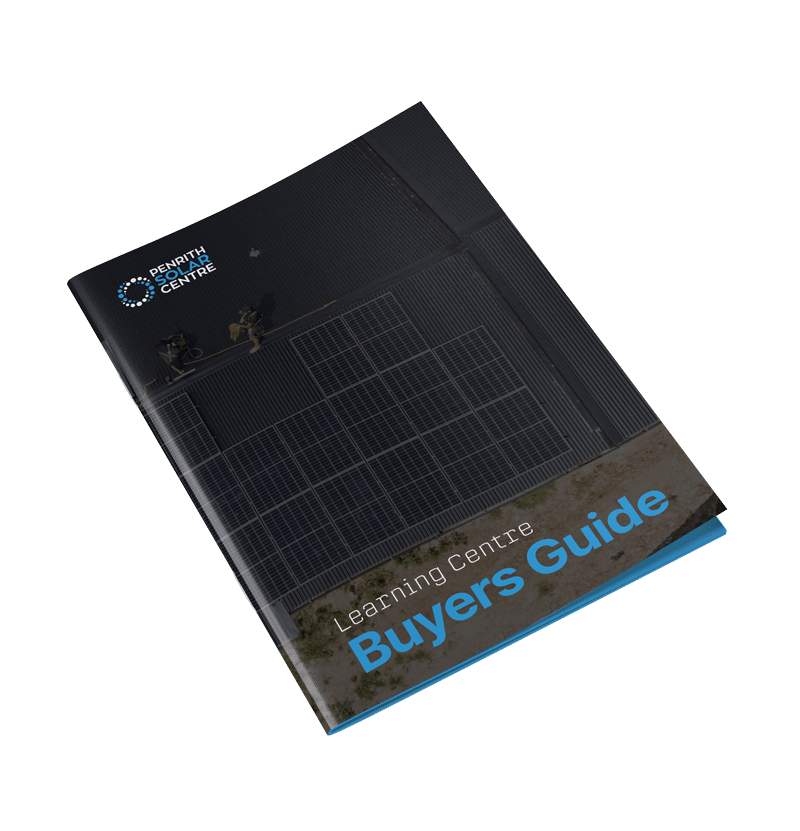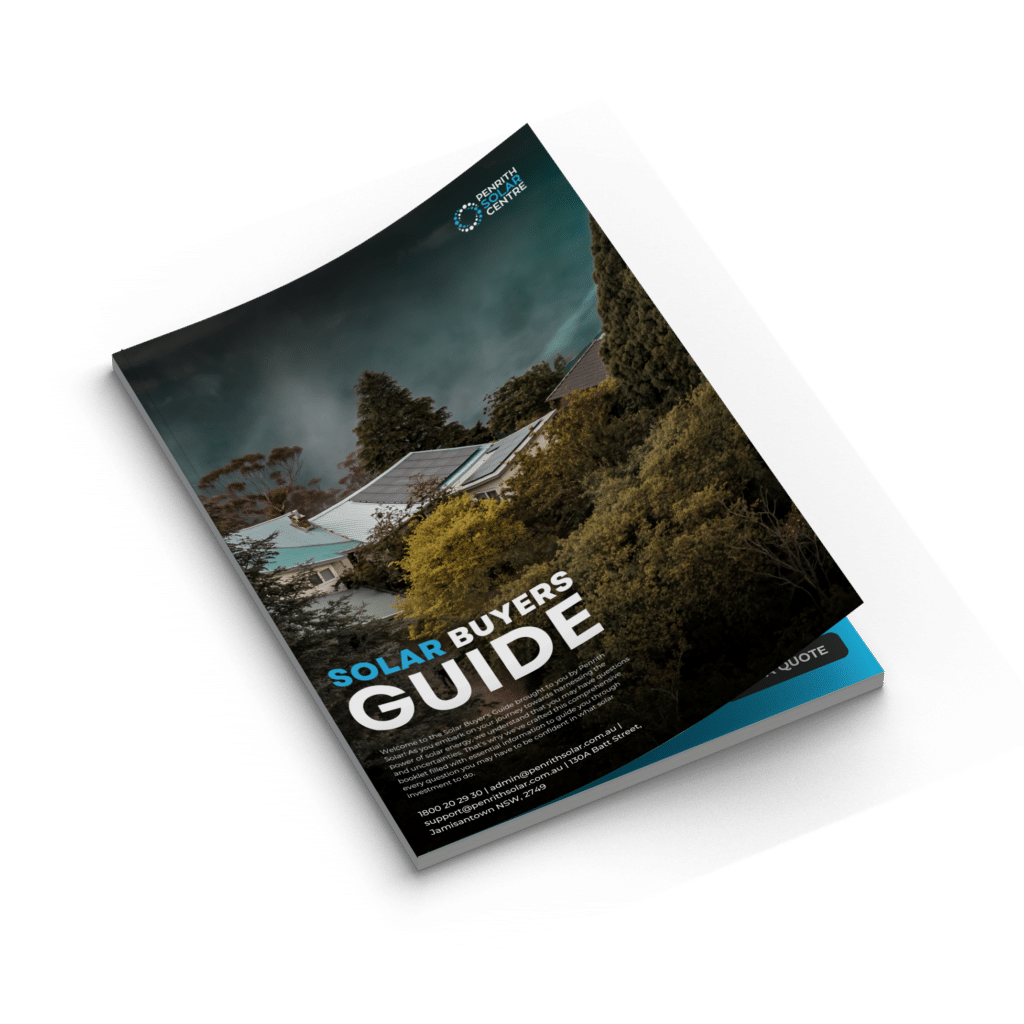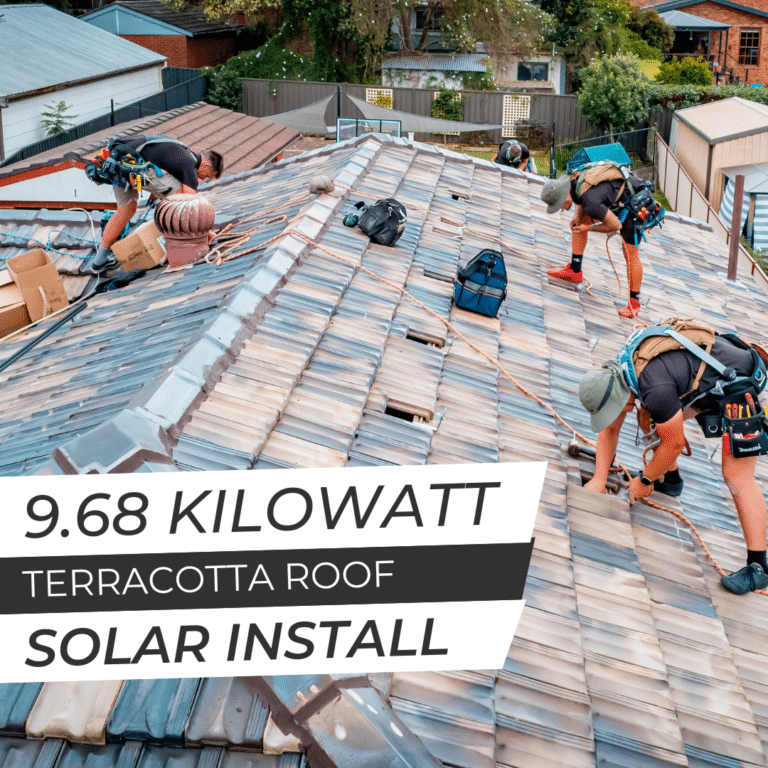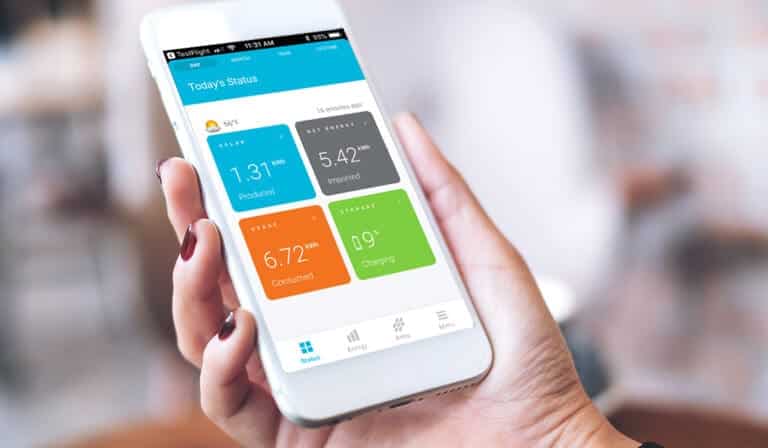Updated on October 8, 2025
Building a new home or renovating an existing one is an exciting journey. There are so many decisions to make; what colour the walls will be, which tiles go where, and what kind of roof you’ll have.
But one big choice that often gets overlooked is planning for solar and battery storage. Many people think about solar panels as something to add later, but including solar in your construction plans from the start can make a big difference.
One of the most important steps during the construction stage is called a rough-in. And we want to work with you to plan and install solar at this stage.
At PSC Energy, we have years of experience working with builders and homeowners to install efficient and aesthetically pleasing solar. The rough-in is an important part of making sure your home is ready for solar. We’re here to guide you through that.
In this article, you will discover:
- What Is a Rough-In for Solar?
- Why Plan for Solar Early?
- When to Rough-In Your Solar System
- Step-by-Step Process of a Solar Rough-In
- What Happens if You Miss the Rough-In Stage?
- Common Concerns About Rough-Ins
- FAQ: Rough-in and Solar
By the end of this article, you’ll understand what a rough-in is, why it’s important, and what you need to know to make sure your solar setup goes smoothly.
What Is a Rough-In for Solar?
A rough-in is when you run the conduits and cables needed for your solar system during the construction of your home. It happens before your walls are finished and before insulation, gyprock, and plasterboard are installed.
This step involves running these cables from your home’s switchboard, iBoard, or the location of your inverter and battery up to the roof where the solar panels will go.
Roughing in during construction helps hide cables and conduits inside your walls, which keeps everything neat and out of sight. Once your home is fully built, adding these cables becomes harder and messier. A rough-in keeps the look of your home clean and avoids the need for external cabling.
If you’re interested in learning a bit more about the process of getting ready for your solar system, you might want to check out the following article titled, How to Shop for a Solar System.
Why Plan for Solar Early?
When you rough in your solar during construction, you won’t have to deal with running cables on the outside of your home or trying to hide them behind other structures. It saves you from having to cut into walls or ceilings, which can be expensive and time-consuming.
Planning for solar during the design stage of your home helps you avoid those changes later. You get the chance to do things right the first time, rather than trying to make adjustments to a finished house. All the wiring and connections are where they need to be from the start.
This step is also important for solar batteries. Every battery needs cables, and the cleanest, most efficient way to run those cables is before your walls go up. They haven’t made a wireless battery yet, and until they do, we recommend planning for solar early.
If you’re interested in learning a bit more about shopping for a solar system, you might want to check out the following article titled, 6 Mistakes to Avoid When Buying Solar.
When to Rough-In Your Solar System
Timing is everything when it comes to roughing in your solar system. The ideal time to do a rough-in is when your home reaches the “lock-up” stage.
This is when the roof is on, the windows are in, and the exterior of the house is mostly done, but the inside is still unfinished. At this point, the internal walls are not covered yet, and there is no gyprock or plasterboard on the walls.
Lock-up is the best time to rough-in for solar because you can still access the bones of your home. It’s also when other trades, like electricians, plumbers, and air conditioning installers, are doing their own rough-ins.
Coordinating your solar rough-in with these other tasks can save time and keep your build on track. Once the gyprock goes up, the window for doing a solar rough-in closes, and you’ve missed the chance to make it easy and potentially less expensive by cutting down installation time.
If you’re interested in learning a bit more about planning solar for a new build, you might want to check out the following article titled, How to Plan Solar for a New Home Build in Sydney.
Click here for solar solutions.
Step-by-Step Process of a Solar Rough-In
- Planning and Design: Before anything happens on-site, you need a plan. Work with a solar consultant to design a custom system that fits your home’s needs. This plan includes where the solar panels, inverter (if you don’t have an Enphase system), and battery (if you want one, and you should) will be located.
- Running Conduits and Cables: During the rough-in, conduits and cables are run from your switchboard or iBoard up to the roof. These conduits carry the cables that connect your solar panels and batteries to your main switchboard. The cables are run inside the walls, keeping everything hidden and protected.
- Coordination with Other Trades: Roughing in your solar system usually happens at the same time as the electrical, plumbing, and air conditioning rough-ins. Coordination is key. This makes sure that all systems work together without clashes or complications.
- Final Checks Before Closing Walls: Once the conduits and cables are in place, everything is double-checked before the gyprock goes up.
- Moving Forward to Installation: After your roof is built, installing the solar panels becomes a straightforward task. The cables are already in place, so your installer just needs to mount the panels. On installation day the rough-in saves hours, ensuring that installation costs are kept low.
If you’re interested in learning a bit more about solar panels and energy systems, you might want to check out the following article titled, Are Solar Panels Worth It in NSW, Australia? A Price Breakdown for 2025.
What Happens if You Miss the Rough-In Stage?
If you miss the rough-in stage, installing solar becomes more time-consuming. And in solar, you want to keep the installation cost down.
When the installation takes more time, it costs more money. This adds to your installation costs, which extends your solar system’s payback period.
It becomes more time-consuming because solar installers have to work around existing structures, cut into walls, or find other ways to get cables to where they need to go.
The installer might need to run external conduits or ducting, which can be aesthetically unappealing along the side of your home. This will make your brand-new home and solar system look like an afterthought.
Without a rough-in, batteries are also harder to install cleanly. All the extra work adds up, and what could have been a smooth process turns into a complicated one.
If you’re interested in learning a bit more about planning solar for a new build, you might want to check out the following article titled, Questions to Ask Your Builder Before They Install Solar on Your Roof.
Common Concerns About Rough-Ins
Some people worry that roughing in solar might add extra costs or complicate the build. However, this upfront step saves you from bigger expenses down the line.
If you feel unsure about adding another step to your build process, we understand how intimidating that might be. But by planning your solar early, you’re actually making the entire installation easier. It’s like laying a strong foundation; getting the basics right sets you up for success.
It’s more efficient to run cables and conduits during construction than to try and retrofit them later.
If you’re interested in learning a bit more about what our apprentices experience, you might want to check out the following article titled, What to Expect on the Day of Your Solar Installation.
Start saving with solar today!
Conclusion: Plan Ahead for a Perfect Solar Setup
Roughing in your solar during the construction of your home is one of the smartest moves you can make. It saves time, money, and a lot of potential headaches. By planning early, you get a neat, efficient, and seamless solar installation that looks great and works perfectly. You avoid the messy cables, extra costs, and stress of trying to install solar after your home is already finished.
At PSC Energy, we have years of experience helping homeowners rough-in their solar and battery systems during construction. We know exactly when to do it and how to do it right. Whether you’re building a new home or renovating, we can guide you every step of the way.

If you’re interested in learning a bit more about weighing the cost of solar against the cost of the grid, you might want to check out the following article titled, Cost of Solar Panels vs. Cost of Energy from the Grid.
FAQ: Rough-in and Solar
What is a rough-in for solar panels during construction?
A rough-in is the stage when your installer runs conduits and cables for solar panels before the walls are finished. It happens before insulation, gyprock, and plasterboard go in.
What gets installed during a solar panel rough-in?
Your installer runs conduits and cables from the switchboard or iBoard, or from the planned inverter and battery location, up to the roof where the panels will go.
Why should I plan for solar panels early in the build?
Early planning keeps wiring hidden inside walls, avoids cutting finished surfaces, and prevents messy external cabling. It saves time and reduces later costs.
How does a solar panel rough-in improve the look of my home?
It hides conduits and cables in the walls. Your home keeps a clean finish without external ducting that can look like an afterthought.
When is the best time to rough-in a solar panel system?
The ideal time is at the lock-up stage. The roof and windows are in, the exterior is mostly done, and interior walls are still open.
What is the lock-up stage and why does it matter for solar panels?
Lock-up is when the structure is secure but not lined. You can still access the bones of the house, so running solar cabling is fast and tidy.
How does a rough-in help with solar battery installation?
Batteries need cables. Running those cables before the walls go up makes the install cleaner and more efficient. There is no wireless battery yet, so cabling matters.
Does a rough-in reduce solar panel installation time and cost later?
Yes. With conduits and cables already in place, panel and equipment install is straightforward. It can save hours on installation day and help keep costs down.
What is the step-by-step process of a solar panel rough-in?
You start with planning and design. Then conduits and cables run from the switchboard or iBoard to the roof. Trades coordinate on site. The team performs final checks before gyprock goes up. Later, installers mount the panels and connect to the pre-run cabling.
What happens if I miss the rough-in stage for installing solar panels?
The install takes longer and can cost more. Installers may need to cut into walls, work around finished structures, or use external conduits that affect the look.
How does missing the rough-in affect solar panel payback period?
Extra labour and remedial work add cost, which can extend your payback period.
Will missing the rough-in force external cabling?
It often does. Without wall access, installers may run visible conduits or ducting along the outside of your home.
Where do the conduits and cables run from and to?
They run from your switchboard or iBoard, or from the planned inverter and battery location, up to the roof where the solar panels will sit.
Does inverter choice change the rough-in plan?
Yes. The plan includes the inverter location if you do not have an Enphase system. Your design maps where equipment will sit before cabling goes in.
Why include solar panels in the design stage of my home?
Design-stage planning puts wiring and connections in the right places from the start. You avoid late changes and protect the build timeline.
Is rough-in only for new builds?
No. You can rough-in during renovations too. The key is to run conduits and cables before walls are closed.
Will a rough-in complicate my build?
No. It fits into the normal construction workflow. Doing it early is more efficient than retrofitting after the house is finished.
What checks happen before the walls are closed?
After conduits and cables are in, the team double-checks placement and paths. They confirm everything is ready before gyprock goes up.
What makes solar installation day faster after a rough-in?
Cables are already in place. Installers mount panels and connect to pre-run conduits, which shortens on-site time.
How does early planning help with aesthetics and efficiency?
It keeps cables hidden, avoids patching finished surfaces, and sets clear routes for panels, inverter, and battery so the system looks neat and works smoothly.
Why does PSC Energy recommend rough-ins?
PSC has years of experience working with builders and homeowners. The team uses rough-ins to deliver clean, efficient, and well-timed installations.











